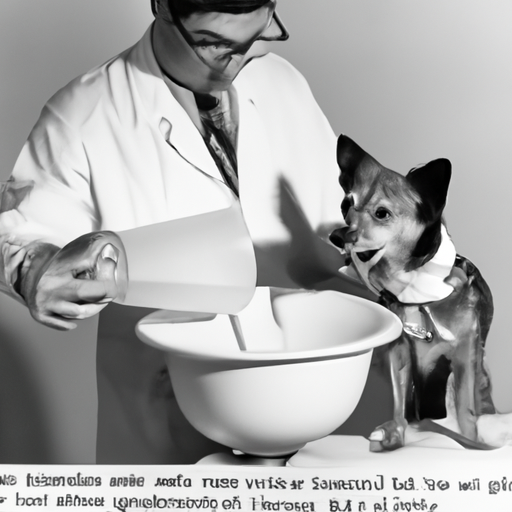Dehydration in dogs is a serious concern. As a caring and responsible pet parent, it’s important for you to know what signs to look for and how to respond effectively. In this article, we’ll delve into 5 key areas:
- Understanding Dehydration in Dogs
- Symptoms of Dehydration
- Causes of Dehydration
- Treatment Options
- Preventive Measures
Understanding Dehydration in Dogs
Dehydration occurs when your dog loses more fluids than they are taking in, upsetting the balance of minerals in their body. The fluid loss can be due to various reasons like excessive panting, vomiting, diarrhea, or inadequate intake of water.
Just like in humans, water forms a significant part of a dog’s body, at around 60-70%. This water plays a crucial role in various functions such as digestion, circulation, and maintaining body temperature.
Symptoms of Dehydration
Being attentive to your dog’s behavior can help you identify signs of dehydration early. Here are some symptoms to look out for:
- Excessive panting or lethargy: Dogs normally pant to cool down, but excessive panting can be a sign of dehydration.
- Dry nose or gums: If your dog’s nose or gums seem unusually dry, it might be due to dehydration.
- Sunken eyes: This is more evident in severe cases of dehydration.
- Loss of skin elasticity: When gently pinched, a dehydrated dog’s skin will not promptly return to its normal position.
Causes of Dehydration
Dehydration can be caused by:
- Insufficient water intake: Dogs may not drink enough if the water is unclean or if they’re feeling unwell.
- Excessive heat: Dogs can’t sweat like humans. They cool off by panting, but this can also lead to water loss.
- Illness: Conditions like kidney disease, diabetes, or cancer can cause excessive urination, leading to dehydration.
Treatment Options
If you suspect your dog is dehydrated, it’s important to take them to a vet immediately. However, there are also some measures you can take at home:
- Ensure clean water availability: Always provide your dog with fresh, clean water.
- Use a rehydration solution: You can find these at pet stores and they’re designed to replace lost electrolytes.
- Encourage water intake: If your dog refuses to drink, try adding a flavor they like to the water.
Preventive Measures
Preventing dehydration is always better than treating it. Here are some steps to prevent dehydration:
- Regularly refill your dog’s water bowl
- Avoid intense physical activity in hot weather
- Regular vet check-ups to prevent illnesses that can cause dehydration
| Prevention | Description |
|---|---|
| Water bowl | Regularly refill your dog’s water bowl |
| Physical activity | Avoid intense physical activity in hot weather |
| Vet check-ups | Regular vet check-ups to prevent illnesses that can cause dehydration |
FAQs
Q: Can I give my dog human rehydration solutions?
A: Some human rehydration solutions may contain ingredients that are harmful to dogs. Always use a solution designed for pets.
Q: How much water should my dog drink daily?
A: A general rule of thumb is that dogs should drink about an ounce of water per pound of body weight each day.
Q: Should I limit my dog’s water intake if they drink excessively?
A: Excessive drinking can be a sign of underlying health issues. Consult your vet before limiting your dog’s water intake.
Remember, you know your furry friend best. Stay alert to changes in their behavior and always consult with a vet if you’re unsure. Your vigilance can help ensure that your dog stays happy, healthy, and hydrated.



